John Mock & Kimberley O'Neil
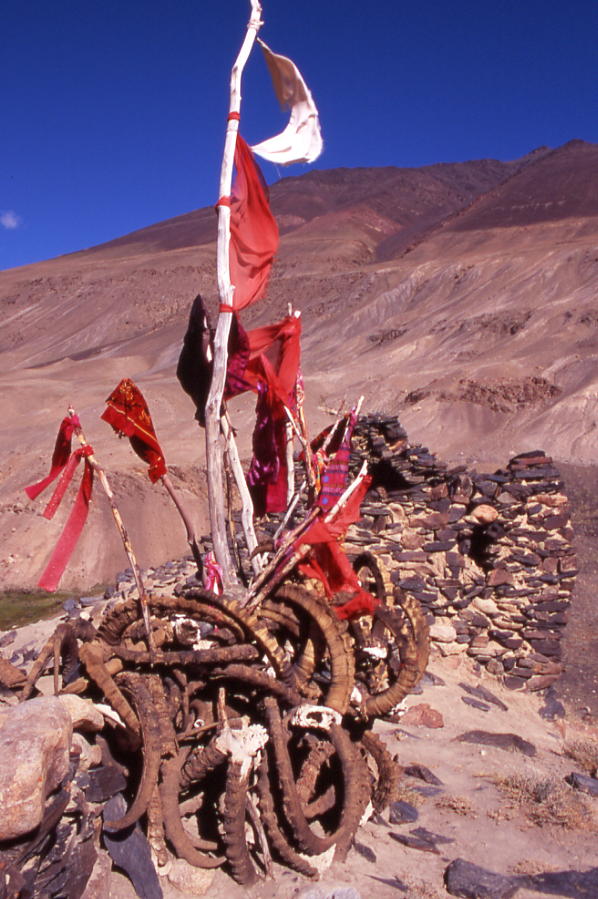
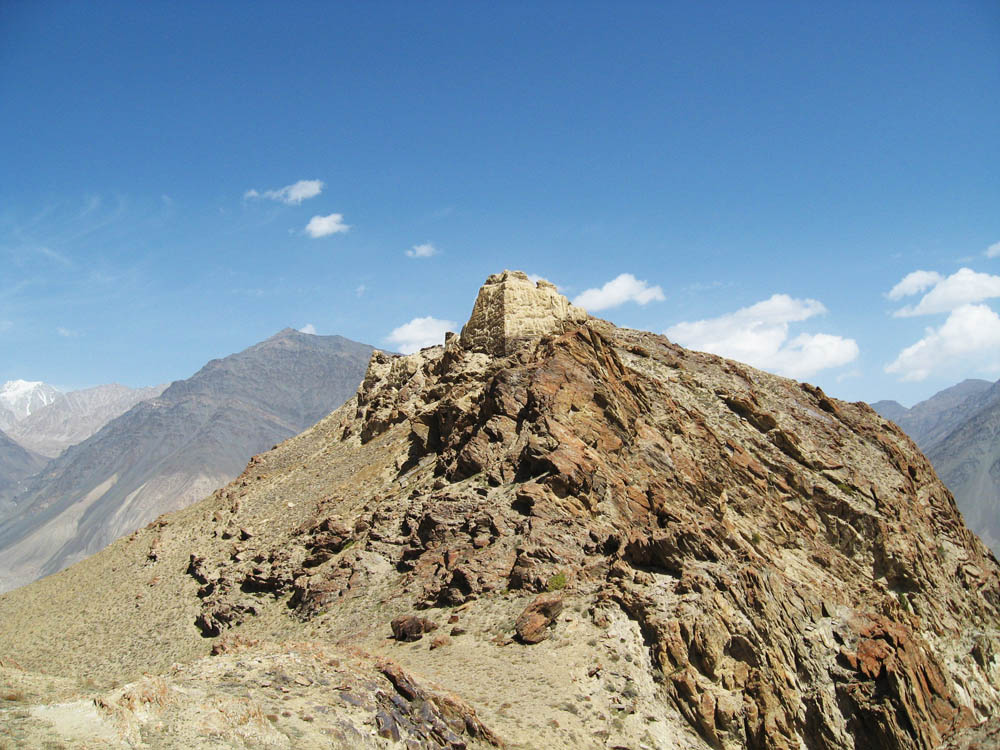
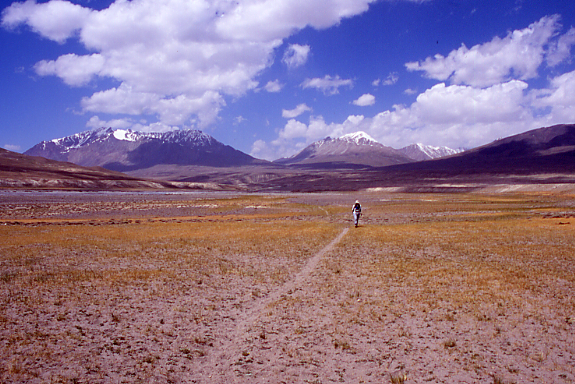
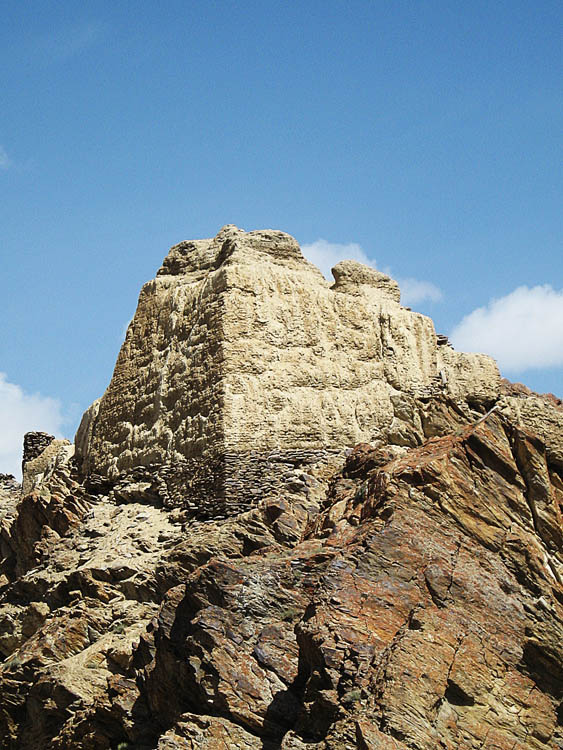
Publications on
Afghanistan's Wakhan Corridor & the Afghan Pamir
John Mock and Kimberley O'Neil made six field trips to Wakhan between 2004 and 2008, and John returned again in 2016. Their writings on Wakhan include history, culture, language, rock art, Old Tibetan inscriptions, shrine traditions and tourism. This growing body of publications include eight journal articles, seven sections or chapters in books and one brochure.
The Source of the Oxus River: A Journey to the Wakhan Pamir & Across Dilisang Pass to Misgar July-August 2004 recounts their first expedition to Afghanistan and Wakhan.
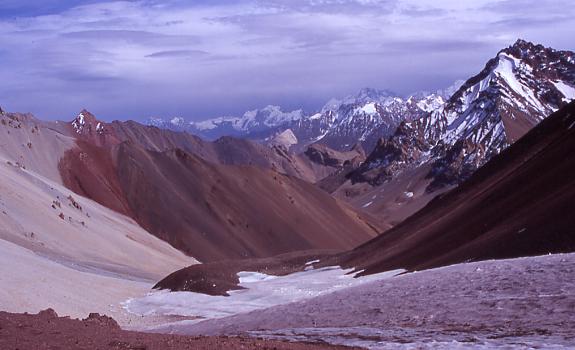
2023 in Press
The following is one of three papers John Mock presented at the international interdisciplinary conference Roots of Peristan: The pre-Islamic cultures of the Hindukush-Karakorum in Rome, October 5-7,2022. The conference proceedings are in press.
"Tibetans in Gilgit and Wakhan - New Data, New Implications"
Several rock art and inscription sites discovered by the author in Afghanistan's Wakhan Corridor display numerous Tibetan inscriptions and associated chorten (stupa) figures. The locations correlate with the Tibetan and Tang imperial records of the 7th-9th century Tibetan-Chinese rivalry in the Pamir and Gilgit regions. Attributes of the inscriptions support their historical assignment to the Tibetan Empire. Interestingly, several inscriptions bearing the clan name smer point to a possible post-imperial occupation of one of the Wakhan sites by the West Tibetan kingdom in the 11th century around the time of the fall of Khotan to the Qarakhanids. This scenario is bolstered upon re-examination of previously published Tibetan inscriptions in the Gilgit region. If so, then the current scholarly assumption that by the end of the 9th century, Tibetan influence no longer extended to Wakhan should be re-evaluated, with concomitant implications for the Gilgit region.
Wakhi Language
The following two chapters are published in Languages of Northern Pakistan: Essays In Memory of Carla Radloff, J. Baart, H. Liljegren, T. Payne, eds., Karachi, Oxford University Press Pakistan (2022, 131-146 and 301-316):
"Orality, Literacy and Scholarship: Shifts in Gender, Genre and Performance of Wakhi Oral Expression"
Wakhi people reside in contiguous mountain valleys where Pakistan, Afghanistan, Tajikistan, and China meet. Soviet-era scholars working in the Tajik SSR described the unwritten Wakhi language and published texts of Wakhi stories and songs in a phonemic transcription. These have stimulated Wakhi poets to use this transcription system to write poetry, a fascinating situation in which the transmission and production of a culture's oral expressive forms are being altered by the work of the scholars who study the culture. This paper, based on field research in northern Pakistan and published material from Afghanistan and Tajikistan, looks at a specific traditional genre, bulbulik, which has been adapted and incorporated into a separate, modern genre, bayd. The paper discusses the introduction of a mode of literacy in an oral culture, the implications for models of transmission and performance, and suggests that socio-economic change underlies change in performance context and genre boundary.
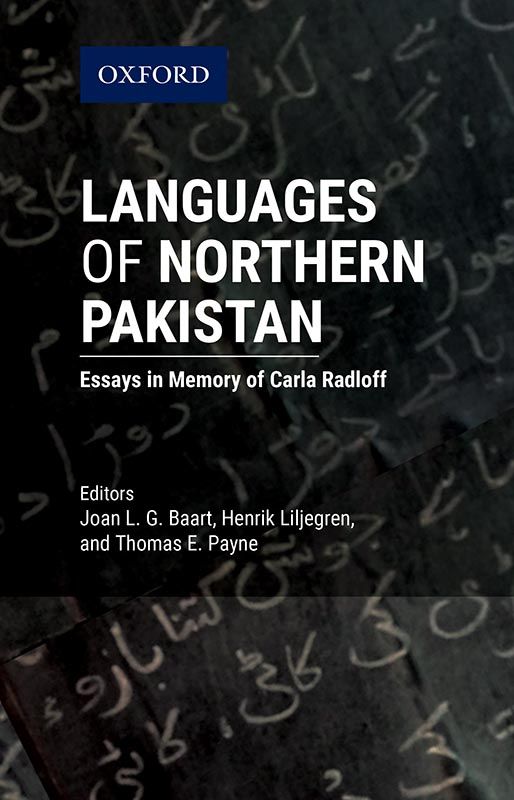
"Recent Developments in Wakhi Orthography"
by Fazal Amin Beg, Ph.D. Candidate Quaid-e-Azam University (pictured at center), John Mock, Ph.D., and Mir Ali Wakhani, B.A. Kabul University (pictured at right)
The Eastern Iranian Pamir language Wakhi is the mother tongue of approximately 50,000 people in the adjacent mountainous regions of Afghanistan, Tajikistan, China and Pakistan. The position of Wakhi in these four countries produces an "interesting sociolinguistic laboratory" (Bashir 2009: 826). Twentieth century linguistic scholarship has engendered a keen interest in Wakhi literacy in the Wakhi population. However, the visible representation of the acoustic phenomena of spoken Wakhi takes different forms in each country. This article discusses these recent orthographic innovations, the motivations that led to them, the advantages and disadvantages of each, and the insights into Wakhi phonology that they offer.
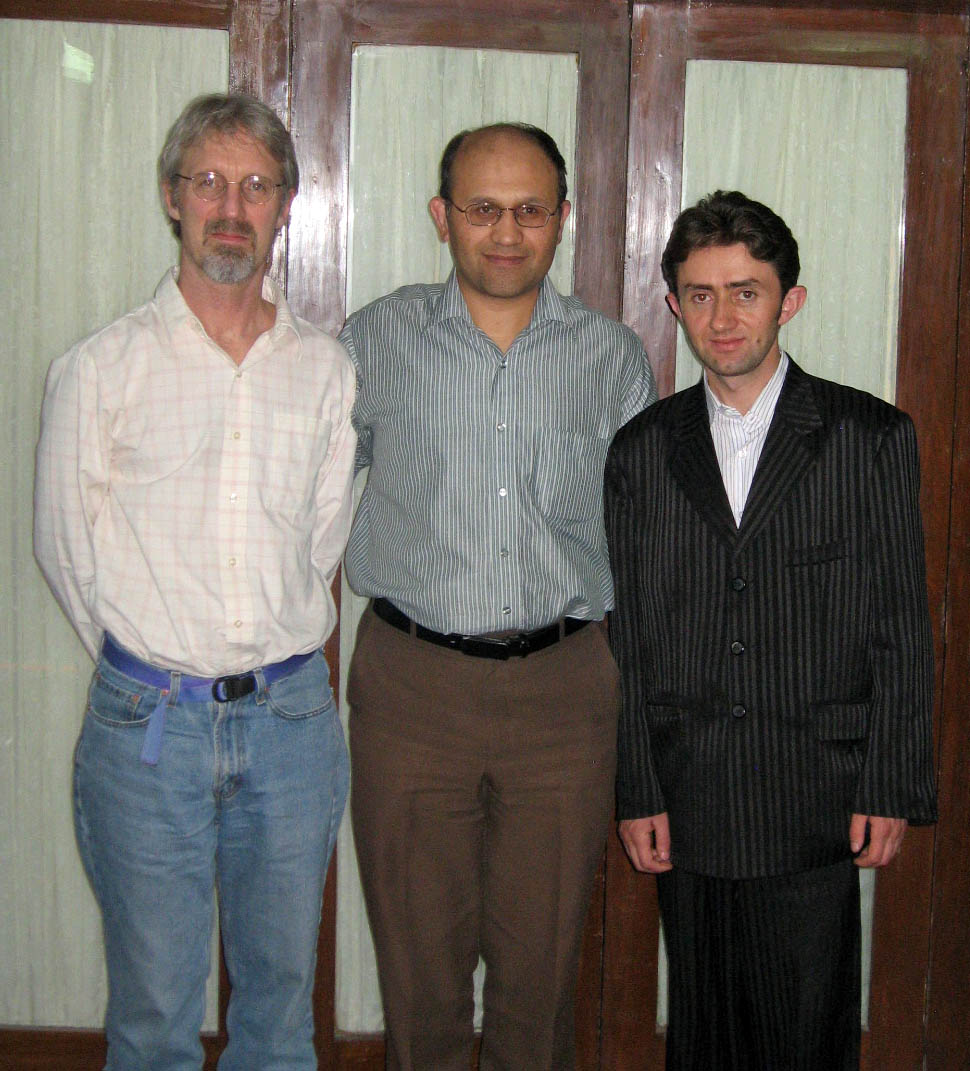
From the Oxford University Press Pakistan's Catalogue 2018 - Academic, Reference, and Higher Education Books:
"This book is a unique collection of papers on the languages and cultures in the northern areas of Pakistan and the surrounding regions. In a single volume, the editors have compiled the work of a variety of national and international scholars, long concerned with the linguistic aspects of the many languages discussed here. The basis for most of the articles is material collected in areas difficult to access, presented here in print for the first time. The material sometimes concerns languages likely to soon disappear. This volume is dedicated to the memory of Carla Radloff, who was a well-known contributor to studies of the languages of northern Pakistan until her untimely death in 2012."
Archeology of Wakhan
John Mock's contribution to the archeology of Wakhan is cited in three catalogue numbers in the Archaeological Gazetteer of Afghanistan (2019) by Warwick Ball, an independent Near Eastern Archaeologist. Specifically, the historical background of the fort in Kansir (524), the carved stone remains of the mosque in Khandud (557), and the shrines at the fort in Qal'a-I Panja (873).
"Since its publication in 1982, the Archaeological Gazetteer of Afghanistan has become the main reference work for the archaeology of Afghanistan, and the standard sites and monuments record for the region; archaeological sites are now referred to under their Gazetteer catalogue number as routine in academic literature, and the volume has become a key text for developing research in the area."
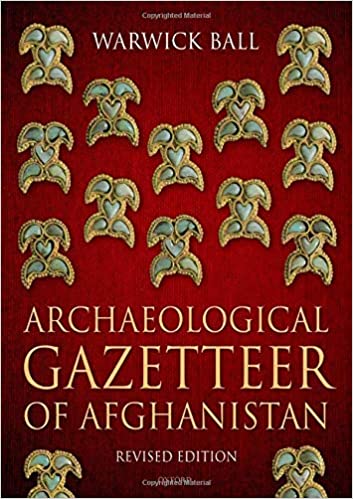
"Khandut Revisited: Shrines, Monuments, Rock Art and Indigenous Traditions of Wakhan"
In 1972, a brief article titled "Khandud, Village de la Vallée du Wakhan" appeared in Afghanistan, Volume 25, published by the Historical and Literary Society of the Afghanistan Academy, Ministry of Information and Culture in Kabul. The subsequent thirty years of conflict closed any further research in Wakhan. The current article, based on fieldwork from 2004 to 2016, studies the current condition of the sites described in 1972, presents a revised analysis of their significance, and introduces newly discovered rock art from the Iron Age and the pre-modern era that connects Wakhan with the Saka culture of Central Asia and with the indigenous traditions of the Pamir-Hindukush ethnolinguistic region.
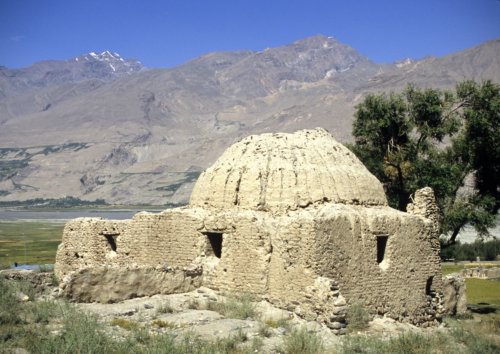
Download "Khandut Revisited: Shrines, Monuments, Rock Art and Indigenous Traditions of Wakhan" in Afghanistan: The Journal of the American Institute of Afghanistan Studies, Volume 1, Issue 2, October 2018: pp. 282-301 by John Mock, Ph.D.
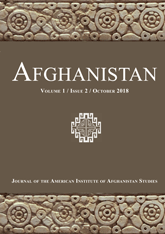
"The Red Buddha Hall Revisited: New Information about the Tibetan and Tang Empires in Afghanistan Wakhan"
In the year 747, a Chinese army marched into Wakhan and defeated a Tibetan army which occupied a fort near Sarhad village that guarded the Broghil Pass. The Chinese army then crossed the Broghil and the Darkot passes and entered Little Palola, also known as Bru-zha, where they captured the king who had allied with the Tibetans. To reach Sarhad, the Chinese general divided his army into three groups and sent them by separate routes. One route, the so-called Red Buddha Hall Road, has remained unidentified. This article, based on field work in Wakhan from 2004 to 2016, discusses the route, presents newly-discovered archaeological evidence that bears upon the location of the route, and demonstrates that Tibetans used additional routes to move to and from the kingdom of Palola, aka Bru-zha.
Download "The Red Buddha Hall Revisited: New Information about the Tibetan and Tang Empires in Afghanistan Wakhan" in the Revue d'Etudes Tibétaines, Number 45, April 2018: pp. 89-109 by John Mock, Ph.D.
The article is translated into Tibetan by Tibet University, Lhasa, faculty member Shawo Khacham, which makes this information about Tibetan history and culture available to the greater Tibetan community, and published in the Journal of Qinghai Nationalities University, Vol. 2018, No. 3, 37-50.
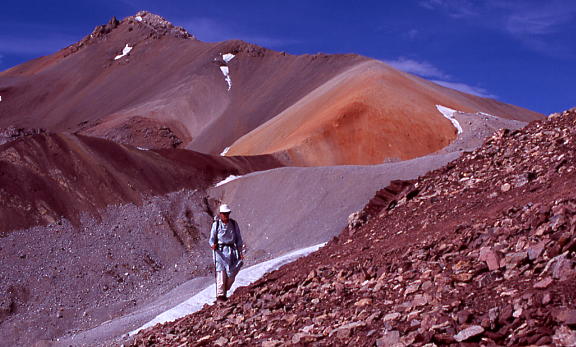
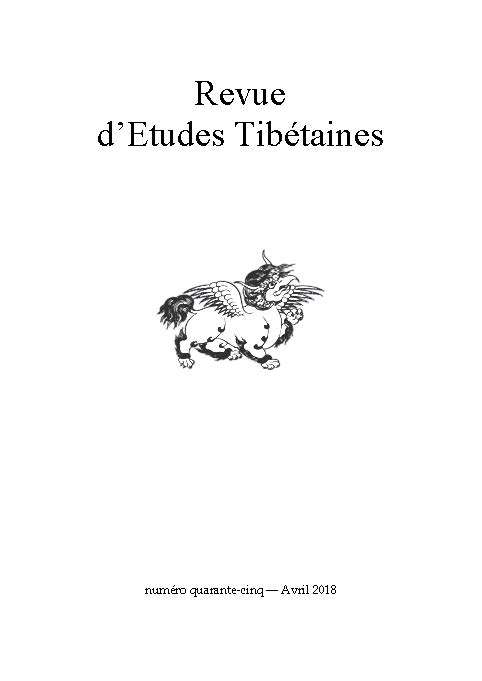
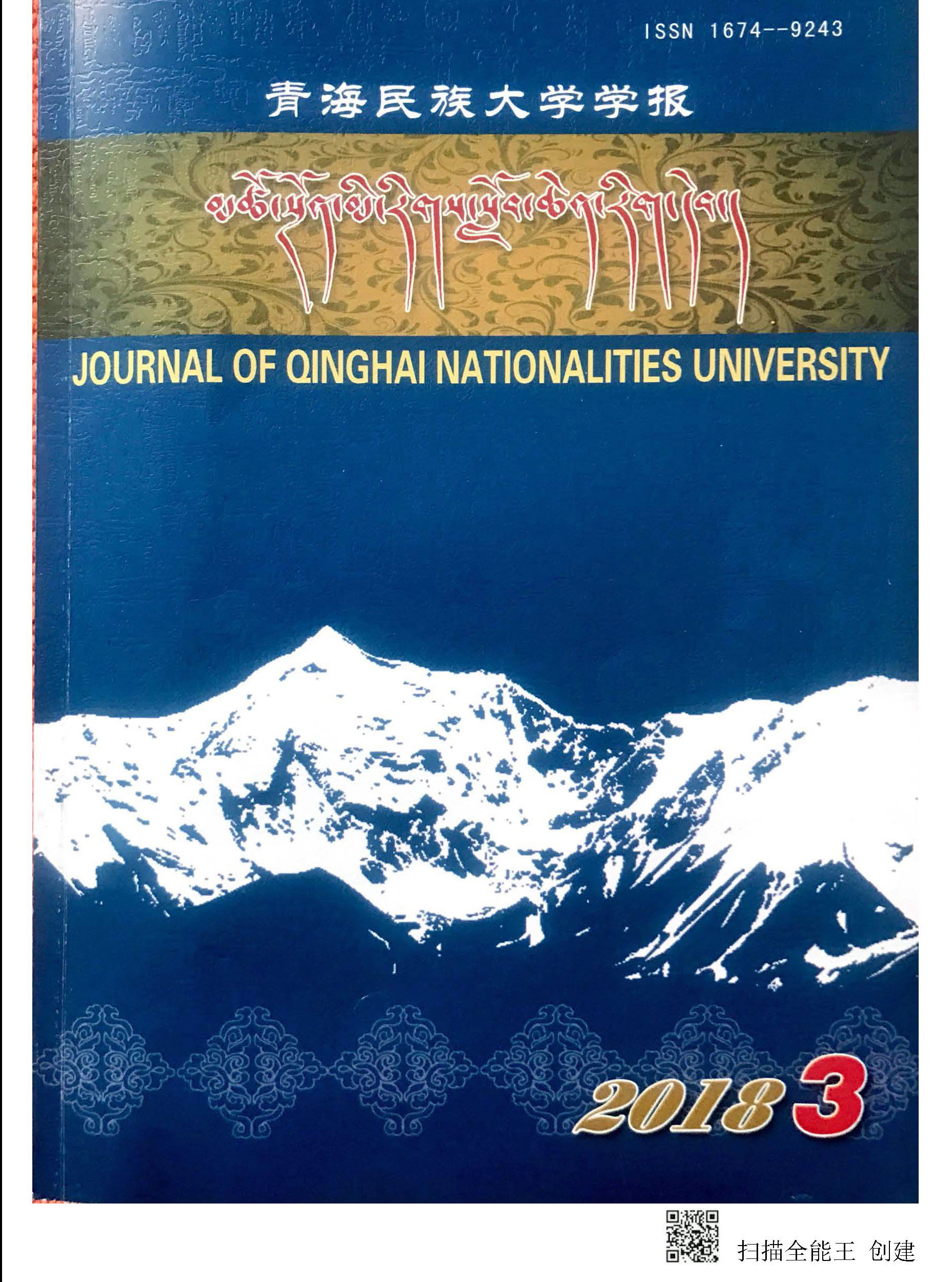
"Raising the Alarm: Defensive Communication Networks and the Silk Roads through Wakhan and Chitral"
Imperial rivalry between China and Tibet for control in the Pamir region figured prominently in 7th-9th century Inner Asian geopolitics. The two empires competed as patrons for client kingdoms in the Pamir, utilizing the diplomatic arts of gift exchange, subsidies, marriage relations, trade and protection against enemies. When these strategies failed to achieve the desired results, the empires resorted to the art of war. Their diplomatic and military strategies are well-documented in imperial records - the Tang Dynasty Annals and the Old Tibetan Annals. The Chinese military campaign of 747 CE is the most notable military action in the Pamir and was first brought to scholarly attention by Aurel Stein. This article, drawing on original research in Afghanistan, archival research in Peshawar and London, and my translation of Russian language material, presents new information about the extent of the defensive networks in the Pamir and Hindukush region, examines the events surrounding the campaign and the impacts on the client states of the region and their relations with their Chinese and Tibetan patrons.
Download "Raising the Alarm: Defensive Communication Networks and the Silk Roads through Wakhan and Chitral" in The Silk Road, 15: 2017 by John Mock, Ph.D.
Readers' Comments
"You have certainly made enterprising exploratory visits to such a remote and less-frequented terrain. Your academic efforts are really appreciable and commendable. Congratulations on the new publication!" I. Shah, Peshawar, Pakistan, March 2018
"This is great effort, thank you for bringing light onto this, so much work for the future generations of archaeologists!" L. Bruneau, Paris, France, March 2018
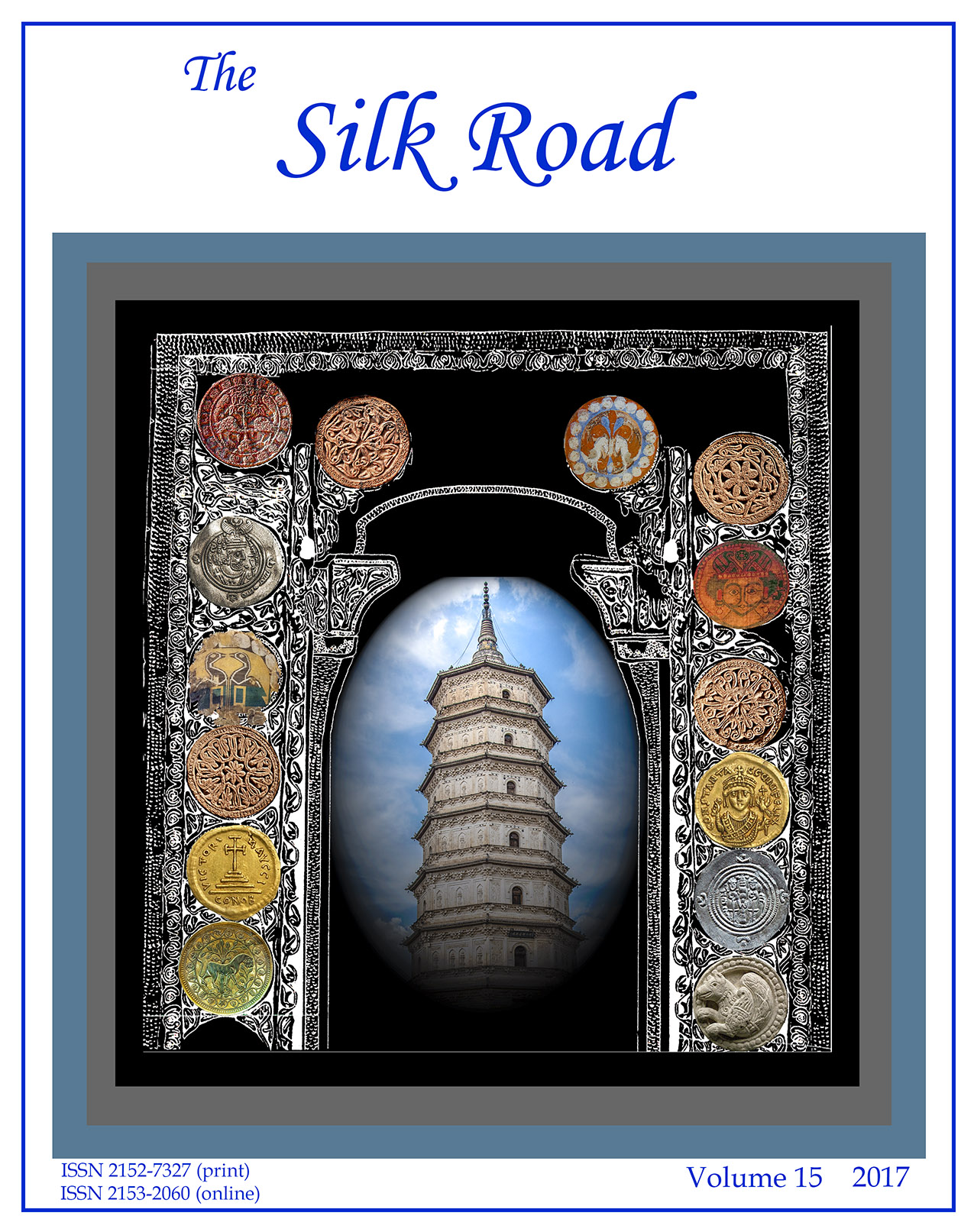
"Tibetans in Wakhan: New Information on Inscriptions and Rock Art"
Wakhan, the remote north-eastern district of Afghanistan’s Badakhshan Province, is intimately connected with the historical Silk Road. Wakhan’s historical archeology is known largely from the British archaeologist Aurel Stein’s visit in 1906. Stein’s focus was the 747 CE battle between forces of the Tibetan and Tang Chinese empires. On five trips to Wakhan, Kimberley O’Neil and John Mock were able to re-visit all sites described by Stein and locate several previously unknown sites. This article expands upon Stein’s descriptions and presents an initial analysis of the new finds, including Tibetan-style watchtowers and numerous Old Tibetan rock inscriptions and associated chorten images, several with inscribed dates. These materials suggest answers to questions raised by Stein and offer new information on the Tibetan Empire in Wakhan, Balur and Central Asia.
Download "Tibetans in Wakhan: New Information on Inscriptions and Rock Art" in the Revue d'Etudes Tibétaines, Number 36, October 2016: pp. 121–141 by John Mock, Ph.D. The article is translated into Tibetan by Tibet University, Lhasa, faculty member Shawo Khacham, which makes this information about Tibetan history and culture available to the greater Tibetan community.
Readers' Comments
"I just found your website and some of your writings about Tibetan empire and Afghanistan. It is incredible! I look forward to reading more." Yeshi Dorje, February 2017
"Greetings from Lhasa professor Mock la. Tonight I have got your paper called "Tibetans in Wakhan: New Information on Inscriptions and Rock Art." Thank you so much to share [with] us such marvellous new discovory in Wakhan region. " Shawo Khacham, Tibet, December 2016
"This is a terrific article with first class scholarship. I look forward to anything more that will be forthcoming in the future." R. Nichols, USA, October 2016
"Thank you for this highly interesting article about "Tibetans in Wakhan." I really admire your important field researches in Wakhan, and I hope you can continue your work there." H. Hauptmann, Germany, October 2016
"Let me congratulate you on such a valuable piece of academic work. I feel proud to have been connected with such great scholars such as yourself, who are making history by rediscovering histories, reproducing knowledge as well as redefining identities that are now bound to nation-states that obviously doesn't suffice the thirst for identity in the modern world anymore." R. Amin, Afghanistan, October 2016
"I am Tibetan and I have great interest in history of Tibet especially in the Tibetan empire period. Thank you for bringing up this great research and sharing it." Tenzin Tsedup, October 2016
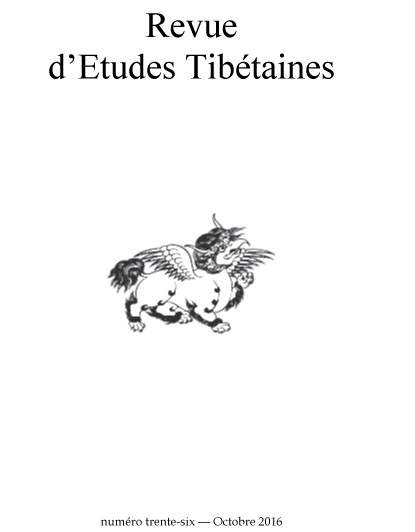
Wildlife Conservation
"Snow Leopards in Art and Legend of the Pamir"
The chapter "Snow Leopards in Art and Legend of the Pamir" by John Mock, Ph.D. appears in Snow Leopards, Biodiversity of the World: Conservation from Genes to Landscapes, Thomas McCarthy, David Mallon, volume eds., Philip Nyhus, series ed., Academic Press, 644 pages (1st ed. 2016, ISBN 978-0128022139, Buy this book).
The new series, Biodiversity of the World: Conservation from Genes to Landscapes includes titles focused on specific species or taxa across disciplinary boundaries and spatial scales. This book presents the latest information on the elusive snow leopard, including its biology, behavior, and conservation status of the snow leopard, a species that has long been one of the least studied, and hence poorly understood, of the large cats.
It brings together the most current scientific knowledge, documents the most pressing conservation issues, and shares success stories in alleviating the broad threats that now jeopardize the long-term survival of this species. It also brings current knowledge of the species, not only to researchers and conservationists, but also to decision makers, academics, and students.
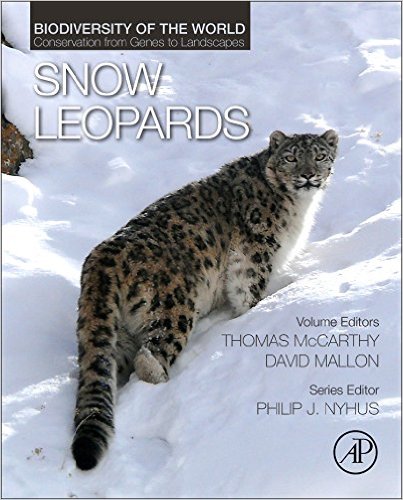
Rock Art
"New Discoveries of Rock Art in Afghanistan's Wakhan Corridor and Pamir: A Preliminary Study"
This article is a preliminary and general presentation of rock art in Wakhan District of Afghanistan's Badakhshan Province. It reviews rock art identified by European expeditions between 1968-1974 and presents five newly identified rock art galleries in both the settled area and in the Pamir regions of Wakhan. The rock art is discussed in comparison with rock art in Tajikistan's Pamir region, identified by Soviet and Tajik archaeologists; rock art in Ladakh, identified by French archaeologists; and rock art in Pakistan, identified by German archaeologists. Although a precise chronology is not possible at this stage of research, the article suggests that some rock art may have been composed as early as the Bronze Age and some as recently as modern medieval times. The article is concerned with the human use of the Bam-e Dunya or Roof of the World, and with the question of the peopling of Wakhan. The article proposes directions for further study of Afghanistan's Wakhan and Pamir to better understand the ecological and cultural heritage of the Roof of the World.
Download "New Discoveries of Rock Art in Afghanistan's Wakhan Corridor and Pamir: A Preliminary Study," in The Silk Road, 11: Fall 2013 by John Mock, Ph.D.
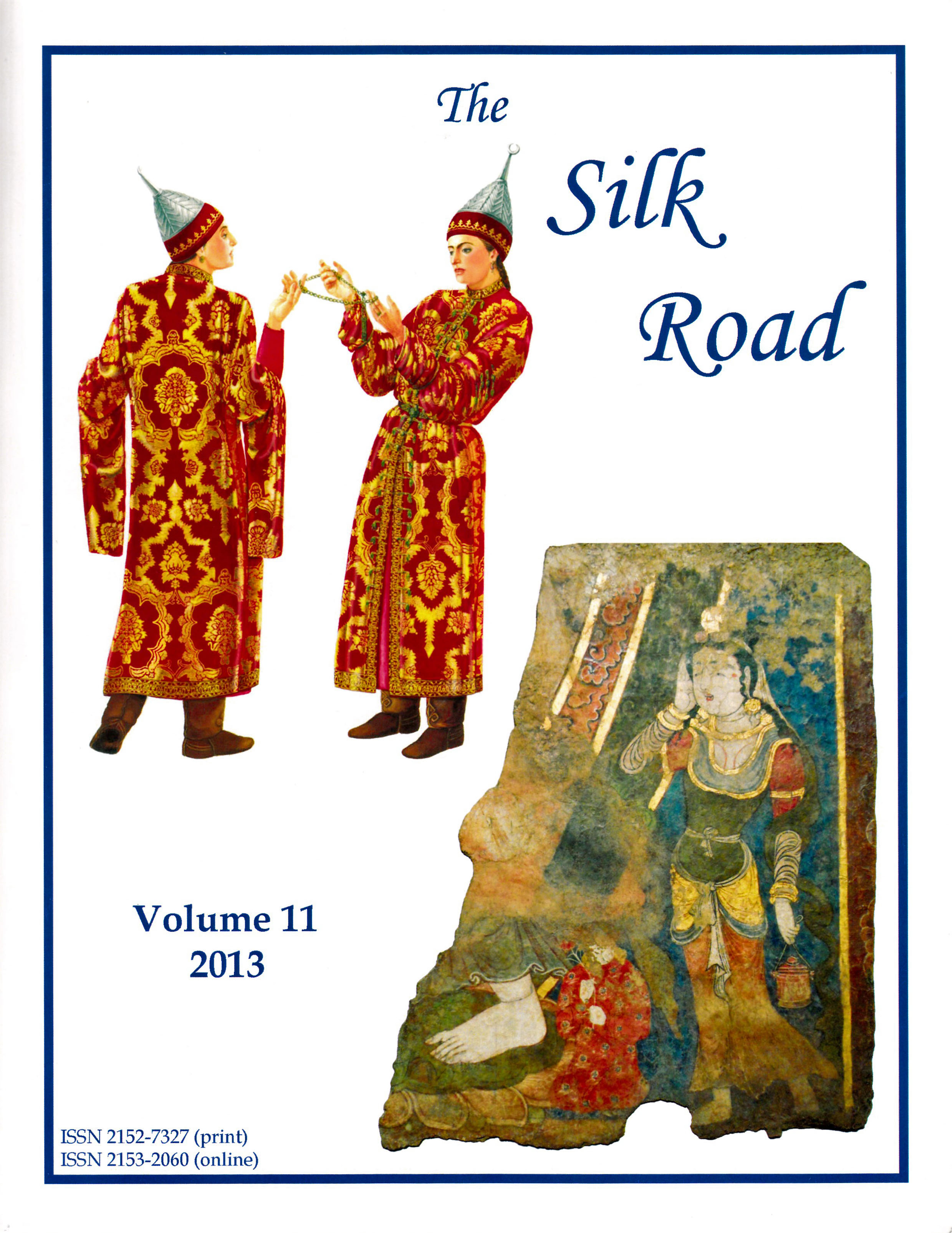
Old Tibetan Inscriptions
The following two articles discuss Old Tibetan inscriptions in Pakistan's Gilgit-Baltistan and Afghanistan's Wakhan. The inscriptions were made during the Tibetan Imperial era in the 8th century CE, when Tibet controlled the routes through the Pamir. The inscriptions from Wakhan are recent discoveries by John and Kimberley during their extensive fieldwork in Wakhan.
"A Tibetan Toponym from Afghanistan"
The Old Tibetan Annals provide us with a record of 8th century toponyms that have persisted to the present day. Written in Old Tibetan and sent from central Tibet to Dunhuang, the Annals recorded Gog and Brusha as the names for what we now know as "Wakhan" and "Brushal". This paper discusses a previously unknown Tibetan inscription in Wakhan District of Afghanistan that appears to be an on-site confirmation of the toponym Gog in Old Tibetan and undoubtedly dates from the Old Tibetan imperial period.
Download "A Tibetan Toponym from Afghanistan" in the Revue d'Etudes Tibétaines, Number 27, October 2013 by John Mock, Ph.D.
"Darkot Revisited: New Information on a Tibetan Inscription and mchod-rten"
Despite being well-known, the Tibetan inscription and associated chorten outline incised on a boulder south of the Darkot pass in present-day Gilgit-Baltistan (Pakistan) has remained unexamined since Aurel Stein's visit on August 29, 1913. Subsequent scholars have relied on Stein's black and white photograph and A.H. Franke's translation of the inscription. This article, based on a new photograph of the inscription and chorten, offers a revised reading of the inscription, which is compared with a newly discovered Tibetan inscription from nearby Wakhan District of Afghanistan. The locations of the Darkot and Wakhan sites, their historical provenance, and the relationship of the rock carvings with the landscape are combined to offer new information on the Tibetan imperial period in the Wakhan-Balur region from the late 7th century to the mid-9th century CE.
Download "Darkot Revisited: New Information on a Tibetan Inscription and mchod-rten" in the Revue d'Etudes Tibétaines, Number 27, October 2013 by John Mock, Ph.D.
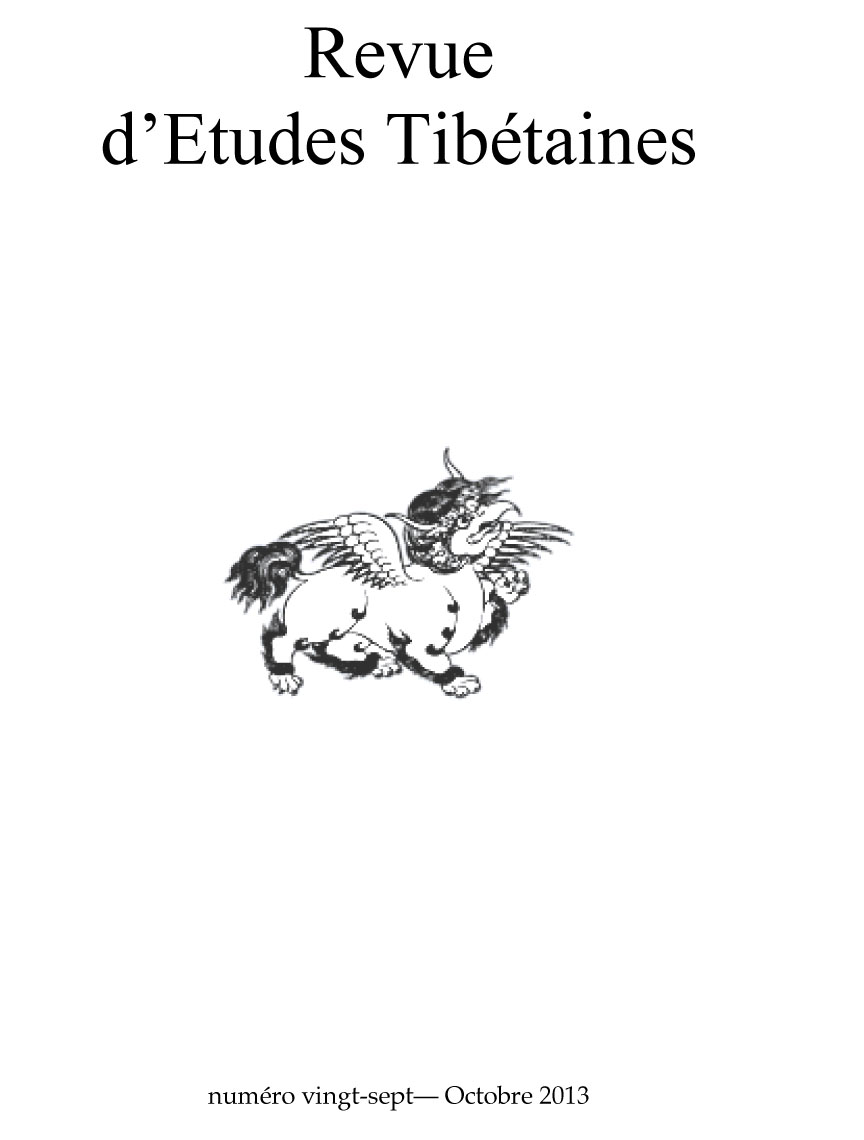
Shrine Traditions
"Shrine Traditions of Wakhan Afghanistan"
This study, based on fieldwork from 2004-2010, describes the religious, social, and historical context of shrines of Wakhan District of Badakhshan Province, Afghanistan. The study draws comparisons between documented shrine traditions in adjacent Wakhan Tajikistan and in Hunza-Gojal of Pakistan.
Download "Shrine Traditions of Wakhan Afghanistan" by John Mock, Ph.D. in a 2011 special issue on the Pamir of the Journal of Persianate Studies.
Download a a printer friendly version of Rock Art, Old Tibetan Inscriptions and Shrine Traditions from the Afghan Pamir: four journal articles by John Mock, Ph.D.
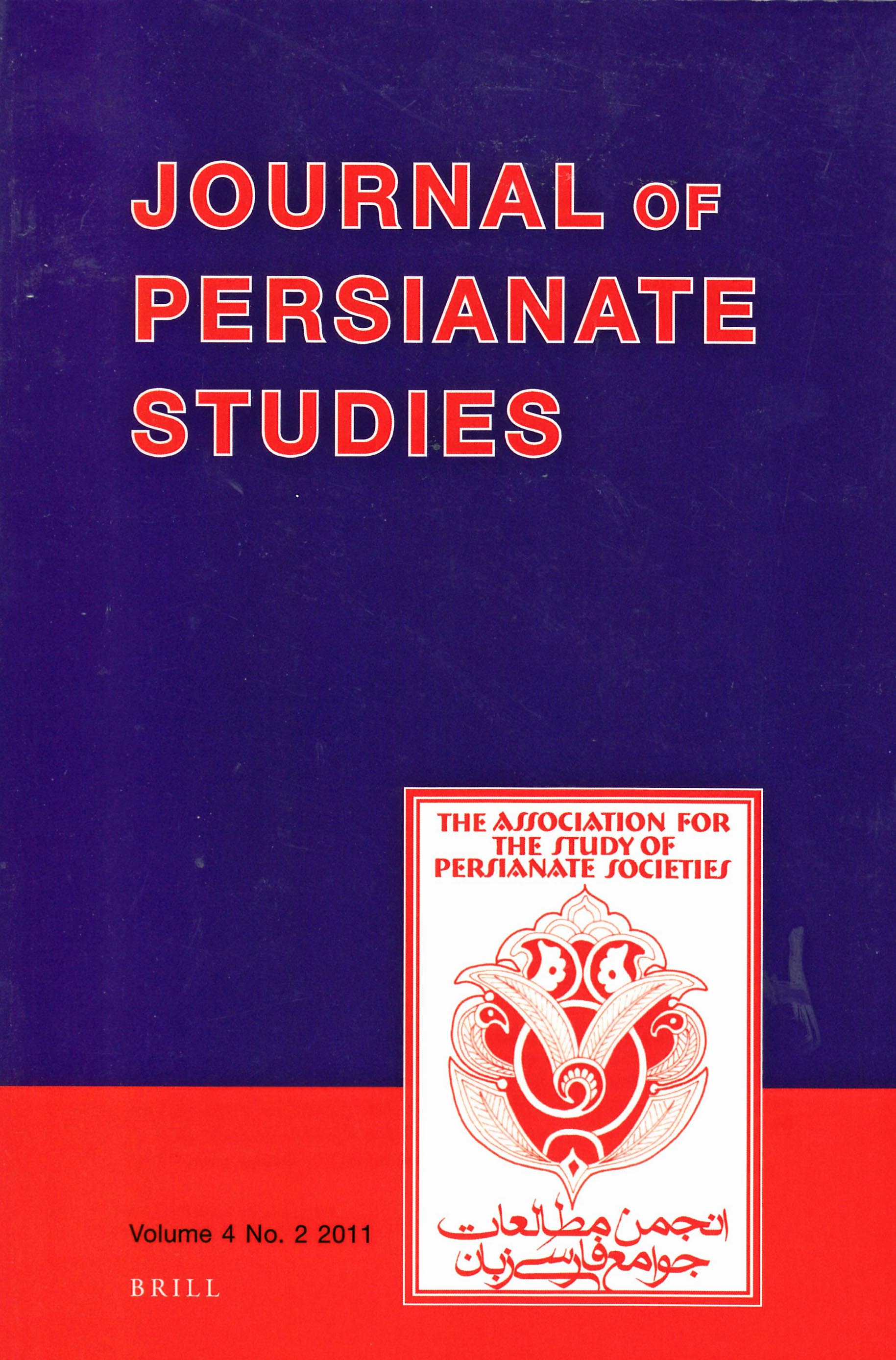
Travel & Tourism
"Wakhan & the Afghan Pamir"
"Wakhan & the Afghan Pamir" by John Mock, Ph.D. and Kimberley O'Neil appears in the "Mazar-e Sharif & Northeastern Afghanistan" chapter in Afghanistan (Lonely Planet Publications, 1st ed. August 2007, pp167-172, ISBN 978-1740596428, buy this book).
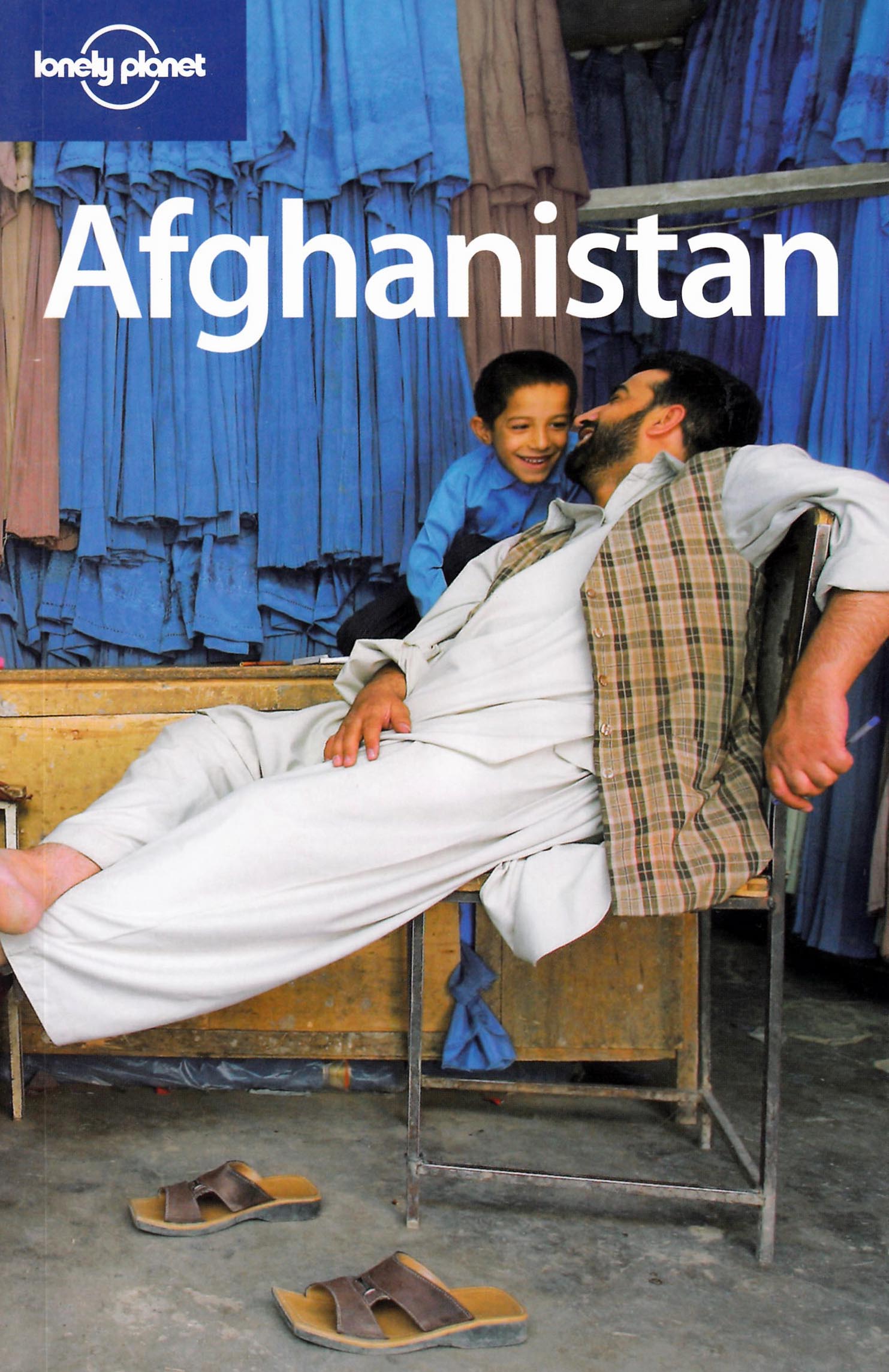
"The Roof of the World"
The chapter "The Roof of the World" by John Mock, Ph.D. and Kimberley O'Neil about the Wakhan Corridor, Afghanistan appears in The Lonely Planet Guide to the Middle of Nowhere (Lonely Planet Publications, October 2006, pp 170-173, ISBN 1741047846, buy this book), a semi-pictorial coffee table book and travel literature anthology with descriptive essays of quintessential wide open spaces and the "middle of nowhere."
From the Publisher
Lonely Planet's Guide to the Middle of Nowhere is a celebration of travel, the pioneering spirit and the truth that our well-trodden world is still full of places untouched and untrampled - they're all around us, you just need to explore. We take you on tankers to the Antarctic, with armed rebels in Colombia, the neon madness of Vegas and on epic journeys through Africa. Spin the globe, throw away the map, head out and find your own Nowhere.
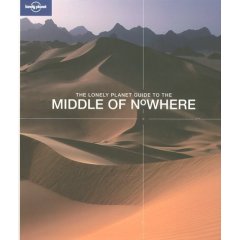
"Wakhan & the Afghan Pamir: In the Footsteps of Marco Polo"
Wakhan & the Afghan Pamir: In the Footsteps of Marco Polo, a 16-page tourism brochure by John Mock, Ph.D. and Kimberley O'Neil with descriptive text, route information and detailed two-page route map, was published by the Aga Khan Foundation-Afghanistan, Kabul, Afghanistan, June 2006, for their Wakhan tourism development program.
To download the latest version of the brochure, you can visit the AKDN Publication page of the Aga Khan Development Network's website.
Read more about their activities in Afghanistan's Wakhan Corridor and the Afghan Pamir.
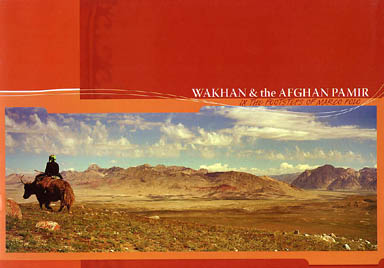

Copyright Text & Photographs © John Mock & Kimberley O'Neil 1997-2026
All rights reserved. Unauthorized redistribution of this document is prohibited.